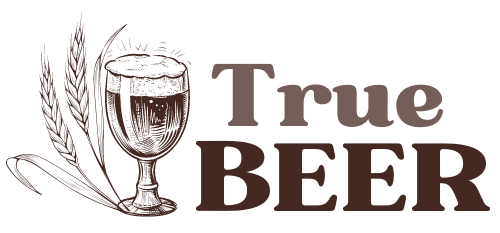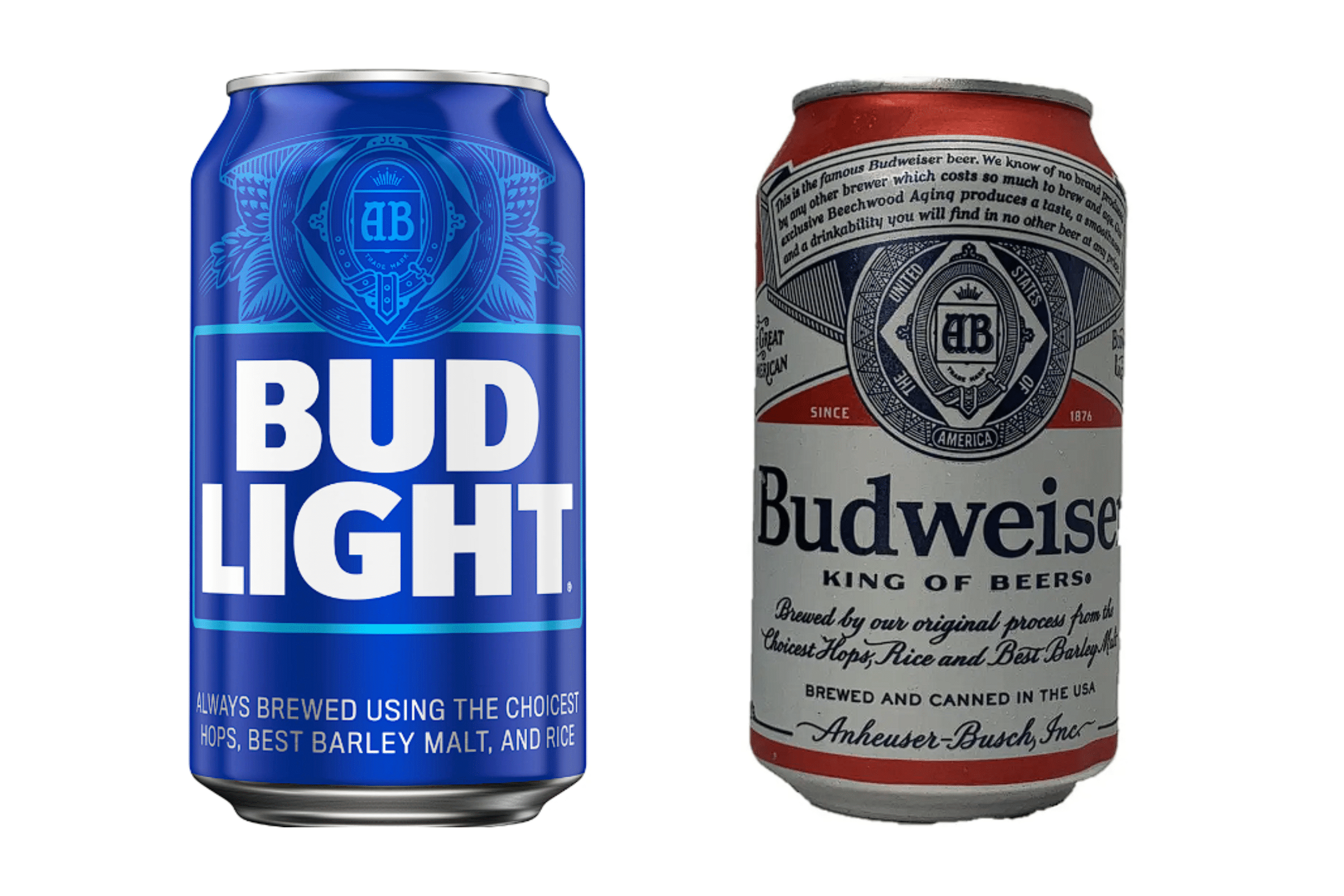That golden elixir that has been the drink of choice for many over the centuries. And when it comes to iconic beers, Budweiser and Bud Light certainly top the list.
Both are household names, and whether you’re at a backyard BBQ or a high-end bar, you’re bound to find one of these on the menu. But what sets them apart?
Let’s embark on a journey to explore these two titans of the beer world.
Historical Background
Budweiser
Often referred to as the “King of Beers”, Budweiser has a rich history that dates back to 1876. Introduced by Adolphus Busch, it quickly became one of the best-selling beers in the United States.
Made with up to 30% rice in addition to hops and barley malt, Budweiser has been produced in various breweries around the globe. It’s a filtered beer, available in draught and packaged forms, with some regions even having lower strength versions due to restrictive alcohol laws.
Bud Light
Making its debut in 1982 as “Budweiser Light”, it wasn’t long before it was known exclusively as Bud Light by late 1984. Positioned as Budweiser’s flagship low-calorie beverage, it boasts a light beer status with 4.2% ABV and only 110 calories per serving.
Ingredients and Brewing Process
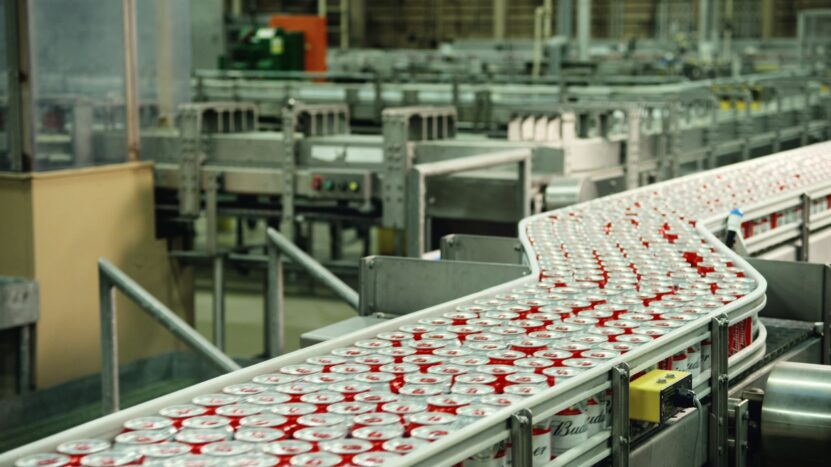
Budweiser
This beer is a blend of premium hop varieties, malted barley, rice, and water. The rice is an interesting addition, making up to 30% of the recipe.
t’s this ingredient that gives Budweiser its crispness and slightly different flavor profile compared to other beers. The brewing process involves fermentation and aging, resulting in a beer that’s both rich and smooth.
Bud Light
Keeping things light and breezy, Bud Light’s recipe is a guarded secret. However, it’s known to have a blend of premium hop varieties, malted barley, rice, and water, similar to its elder sibling, Budweiser. The brewing process emphasizes its lightness, ensuring that the end product is crisp and refreshing.
Flavor Profile
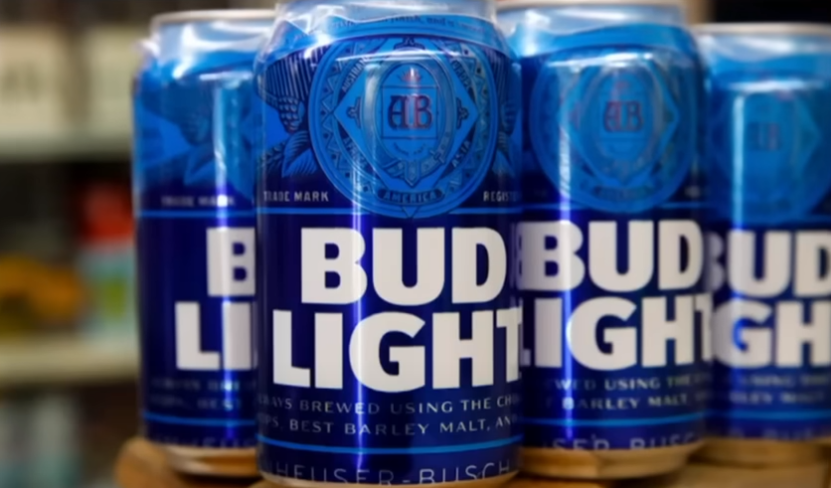
Budweiser
When you take a sip of Budweiser, you’re greeted with a medium-bodied, flavorful, crisp American-style lager. It has a smooth taste, with a blend of subtle malt sweetness balanced by a touch of hop bitterness. The rice in its ingredients gives it a unique crispness, setting it apart from other beers.
Bud Light
On the other hand, Bud Light is all about being light and refreshing. It’s a pale lager with a clean, crisp taste. The flavor is milder than Budweiser, with a swift hint of malt and almost no hop bitterness. It’s the kind of beer you’d want on a hot day when you’re looking for something that’s not too heavy on the palate.
Alcohol Content and Variants
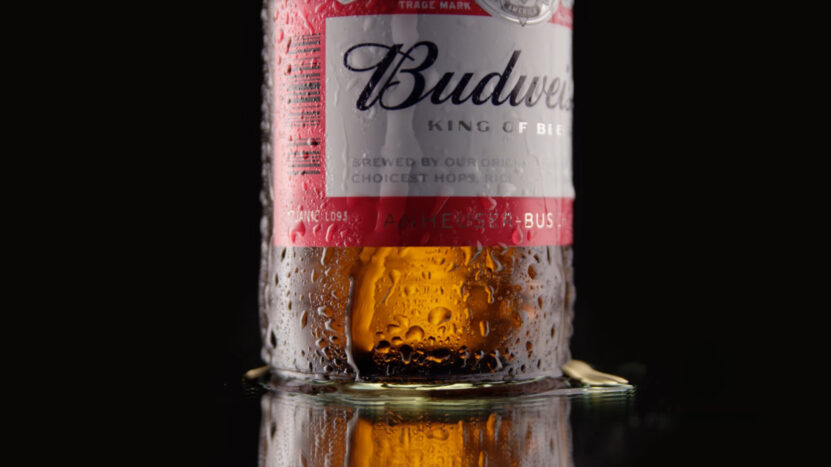
Budweiser
This classic American lager has an alcohol by volume (ABV) of 5.0%. Over the years, Budweiser has introduced several variants to cater to diverse tastes. Some of these include Budweiser Select, Budweiser 1933 Repeal Reserve, and Budweiser Chelada. Each variant offers a unique flavor profile and experience, ensuring there’s a Budweiser for every occasion.
Bud Light
Bud Light is known for its lightness, both in flavor and in alcohol content. It has an ABV of 4.2%. But don’t let its light nature fool you; Bud Light has an impressive range of variants. From Bud Light Platinum, a slightly sweeter version with 6% ABV, to Bud Light Lime, Bud Light Orange, and even Bud Light Seltzer, there’s a flavor for every palate.
Packaging and Branding
Budweiser
With its iconic label featuring the Budweiser Clydesdales, this beer is instantly recognizable. The packaging exudes a sense of tradition and heritage, connecting with consumers who appreciate the brand’s long-standing history. Over the years, Budweiser has also released limited-edition packaging to commemorate special events or milestones.
Bud Light
Bud Light’s branding is all about fun, freshness, and modernity. The packaging is sleek, with a focus on the light blue color scheme that resonates with its “light” nature. Bud Light has also been known for its innovative marketing campaigns, with characters like the Bud Knight becoming cultural icons in their own right.
Popularity and Sales
Budweiser
As one of the best-selling beers in the United States and around the world, Budweiser’s popularity is undeniable. Its rich history, combined with consistent quality, has cemented its place in the hearts of beer lovers. However, like all brands, Budweiser faces challenges and competition, but its legacy and commitment to brewing excellence ensure it remains a top choice.
Bud Light
Introduced in the ’80s, Bud Light quickly rose in popularity, especially among those seeking a lighter beer option. Its marketing campaigns have played a significant role in its success, making it a household name. In recent events, Bud Light faced a sales drop due to certain controversies, but with strategic advertising and promotions, the brand aims to bounce back stronger.
Food Pairing Recommendations
View this post on Instagram
Budweiser
This beer’s medium-bodied nature and subtle malt sweetness make it a versatile choice for food pairings. It goes exceptionally well with grilled meats, especially burgers and sausages. For those who enjoy spicy foods, Budweiser can be a great companion to dishes like spicy chicken wings or even spicy Asian cuisine.
Bud Light
Given its light and crisp nature, Bud Light pairs wonderfully with light dishes. Think seafood, salads, and white pizzas. Its clean finish complements delicate flavors without overpowering them. If you’re into sushi, give Bud Light a try as your beverage of choice – you might be pleasantly surprised!
Cultural Significance
Budweiser
Over the years, Budweiser has become more than just a beer; it’s a cultural icon. From its memorable Super Bowl commercials featuring the Clydesdale horses to its association with major sporting events, Budweiser has firmly embedded itself in American pop culture. The brand’s presence in music festivals, movies, and even its role in celebrating the end of Prohibition has made it a symbol of celebration and unity.
Bud Light
Bud Light, too, has made its mark in the cultural landscape. Its humorous commercials, especially the ones featuring Bud Knight, have become a staple during major events like the Super Bowl. The brand’s association with fun, light-hearted moments, and its sponsorship of events like the Bud Light Dive Bar Tour, have made it synonymous with good times and laughter.
Sustainability and Environmental Practices
View this post on Instagram
Budweiser’s commitment to the environment is commendable. The brand has pledged to brew every Budweiser with 100% renewable electricity by 2025. They’ve already made significant strides by partnering with vendors globally, creating a whopping $1B in renewable electricity infrastructure.
This includes the largest Pan European corporate solar power deal in history. Their solar farm in Wales alone can generate enough renewable electricity to brew over a billion Budweisers annually.
Budweiser believes in a brighter future and views sustainability as an integral part of their business. From seed to sip, they’re working diligently to reduce their carbon footprint. This includes making their breweries carbon neutral, supporting local farmers through their Smart Barley program, and even transitioning to electric and hydrogen fuel delivery trucks in collaboration with companies like BYD and Tesla.
FAQ
Why wasn’t Budweiser initially brewed with 100% renewable electricity?
Like many companies, Budweiser initially relied on traditional energy sources. As technology and awareness about environmental sustainability grew, the brand recognized the importance of transitioning to renewable energy sources. This shift aligns with a global trend of businesses moving towards more sustainable practices to combat climate change and reduce their carbon footprint.
Are there any health benefits to drinking Budweiser or Bud Light in moderation?
While the article focuses on the history, flavor, and cultural significance of the beers, moderate beer consumption has been linked to certain health benefits. These include potential cardiovascular benefits, increased bone density due to dietary silicon in beers, and a source of antioxidants. However, it’s essential to consume alcohol responsibly and understand that excessive drinking can have adverse health effects.
How does Budweiser ensure the quality of its beer remains consistent across its global breweries?
Budweiser, being a global brand, employs strict quality control measures across all its breweries. They use standardized recipes, brewing processes, and regularly conduct quality checks. Additionally, they invest in training their staff and use state-of-the-art equipment to ensure that every bottle of Budweiser, regardless of where it’s brewed, meets the brand’s high standards.
Has Bud Light introduced any non-alcoholic versions, given the rising trend of non-alcoholic beers?
Yes, recognizing the growing demand for non-alcoholic beverages, Bud Light has introduced Budweiser Zero, a no-alcohol, zero-sugar brew. It aims to provide the same flavorful experience without the alcohol content, catering to those who prefer or need to avoid alcohol.
Conclusion
Budweiser and Bud Light, two iconic beers, each with their unique characteristics, histories, and cultural significance. While Budweiser exudes tradition and heritage, Bud Light brings a touch of modernity and light-heartedness.
Both brands, however, share a commitment to sustainability and a brighter future. Whether you’re raising a toast with the robust flavor of Budweiser or the crispness of Bud Light, you’re not just sipping on a beer; you’re savoring a piece of history and a vision for a sustainable future.
So, here’s to the moments that bring us together and the beers that make them unforgettable. Cheers! 🍻
